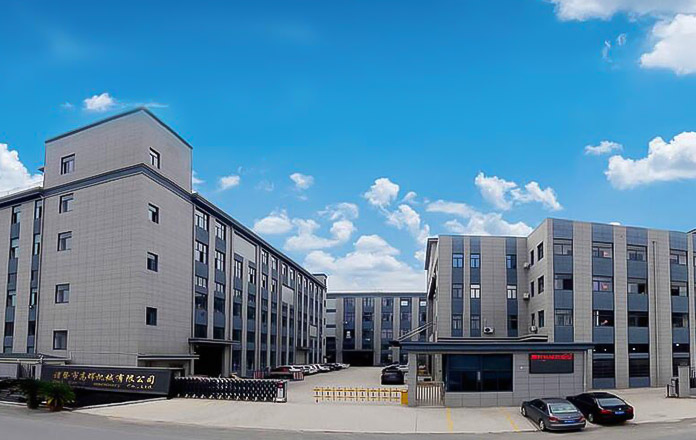












The PE pipe has high molecular weight, good stability and anti-aging ability. Under normal operating temperature, the service life of PE pipe can be guaranteed to be more than 50 years.

PE pipes do not add metal stabilizers during the processing process, and the material is non-toxic, without scaling layer, and does not breed bacteria. It is a safe and hygienic pipeline material. PE material itself can be recycled and will not produce substances that have an impact on the environment.

The molecular structure stability of PE pipes is extremely high and there is no electrochemical corrosion. Among many pipeline materials, the corrosion index of PE pipes is relatively small, and apart from a few oxidants, they can withstand corrosion from various chemical media.

PE pipe is a high toughness pipe material with a fracture elongation rate of over 500%, which has impact and earthquake resistance, and strong adaptability to uneven settlement of the pipe foundation.

HDPE pipes have good low-temperature resistance and will not exhibit brittle cracking even in extremely low environments.

HDPE pipes have flat walls and low flow resistance, resulting in fluid friction performance, not only wear resistance but also high conveying efficiency.

Zhuji Gaohui Machinery Co., Ltd., Gaohui is professional China PP Compression Fitting Manufacturers and Wholesale PP Compression Fitting Factory engaged in the research, development, production, sale, and service of PP Compression Fitting, our main products are HDPE pipe fittings, such as electrofusion fittings, butt fusion fitting, thread fittings and etc.
We not only provide our customers with high-quality goods at factory gate prices but also provide professional pipeline application solutions. Our HDPE pipe fittings guarantee 50 years of service life in normal use. We are located in Zhuji City, Zhejiang Province, China with convenient transportation access. Delicate strict quality control and timely customer service, our experienced staff members are always available to discuss your requirements and ensure customer satisfaction. More than 50 sets of production equipment and skilled workers make sure of time delivery, we can supply HDPE fitting up to 1200mm.
In recent years, for the purpose of enlarging overseas markets, we took part in overseas exhibitions, our products are selling well in the domestic market, also our products are exported overseas, such as Netherlands, Vietnam, Philippines, Indonesia, Malaysia, Maldives, Nigeria, Thailand, Pakistan and etc., and get good reputation from customers. we also welcome ODM and OEM orders, whether selecting our current products from our catalog or seeking an engineering system for your application.




In modern urban infrastructure construction and industrial projects, pipeline systems play a vital role. With the increa...
View MoreIn today's infrastructure construction, pipe connection technology plays a vital role, especially in industrial pipe sys...
View MoreWith the continuous advancement of my country's new urbanization, rural revitalization, green infrastructure and other p...
View MoreWith the continuous acceleration of urbanization, urban infrastructure construction has been accelerated, especially in ...
View More